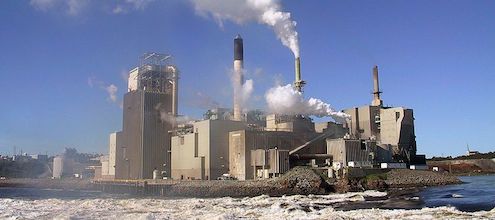
The point of a carbon price is to avoid paying it
Climate and Energy Carbon Pricing Carbon tax Climate ChangeCarbon prices don’t work in quite the same way as other taxes or levies. Unlike income or sales taxes, which are primarily revenue tools, carbon prices are all about reducing emissions (sure, they also raise revenues, but that’s a separate issue). But if you reduce your GHG emissions, you can avoid the carbon price. In […]





